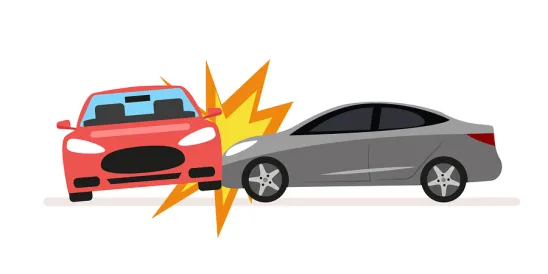Last week, the National Highway Traffic Safety Administration (NHTSA) released its first findings on data collected from vehicles using SAE Level 2 Advanced Driver Assistance Systems (ADAS).

These finding serve as an important first step towards better understanding the role of ADAS in crashes, driver habits relating to use of the technology, and possible flaws in vehicle safety software programs. They will also likely influence future lawmaking and vehicle regulations.
The data was collected pursuant to a June, 2021 NHTSA Standing General Order (the General Order) requiring identified manufacturers and operators to report crashes to the agency involving vehicles equipped with SAE Level 2 ADAS. By definition, Level 2 ADAS requires a human operator to remain fully engaged in the driving task. This includes lane-keeping assistance and cruise-control systems that keep a fixed distance behind a leading car, as well as higher-tech systems such as features that can guide a car along highways with minimal driver input.
Entities named in the General Order must report a crash if:
- Level 2 ADAS was in use at any time within 30 seconds of the crash;
- The crash involved a vulnerable road user; or,
- The crash resulted in a fatality, a vehicle tow-away, an air bag deployment, or any individual being transported to a hospital for medical treatment.
The NHTSA report covered information relating to crash statistics, telemetry and reporting technologies, and also included commentary on the 12 reporting entities that have submitted incident reports for 392 Level 2 ADAS-equipped vehicle crashes.


While NHTSA is also tracking crashes involving fully automated vehicles - known as ADAS Level 3-5 vehicles - its release of the Level 2 report highlight the immediate desire for regulators and manufacturers to understand how automated systems are being used and performing in the real world. NHTSA has indicated that it will be re-releasing new metrics monthly to meet this demand and will continue to collect data for the foreseeable future as Level 2 ADAS becomes increasingly common.
This movement is promising for greater vehicle safety in the future, however, digging into the details of the report also highlights that there remain many open questions and much data to collect before meaningful conclusions can be made.
For one, the report notes that reporting entities whose vehicles have telemetry capability can provide the agency with robust data much more quickly because their vehicles are equipped with telematics capabilities. Telematics is the most frequently cited source for data collected currently by the SGO which is valuable because it can be provided in real-time, but skews the results as not all manufacturers currently employ such a system.
Secondly, because consumer reports and field reports are cited as next-largest sources for L2 ADAS, NHTSA noted that it may only receive consumer reports of driving automation system involvement in a crash outcome, and there may be a time delay before the manufacturer is notified if the manufacturer is notified at all. Due to variation in the data, the Administration stressed that none of the data to date could be considered statistically representative of crash outcomes.
Finally, the data produced over the past twelve months are not normalized by the number of vehicles a manufacturer or developer has deployed or by vehicle miles travelled. That information is held by manufacturers and is not currently reported to NHTSA. As a result, the data cannot be used to compare the safety of manufacturers against one another.
"This is an unprecedented effort to gather nearly real-time safety data involving these advanced technologies," Steven Cliff, NHTSA's administrator, told reporters during a press call. "Understanding the story that the data tell will take time, as most of NHTSA's work does, but it's a story we need to hear."




 />i
/>i

